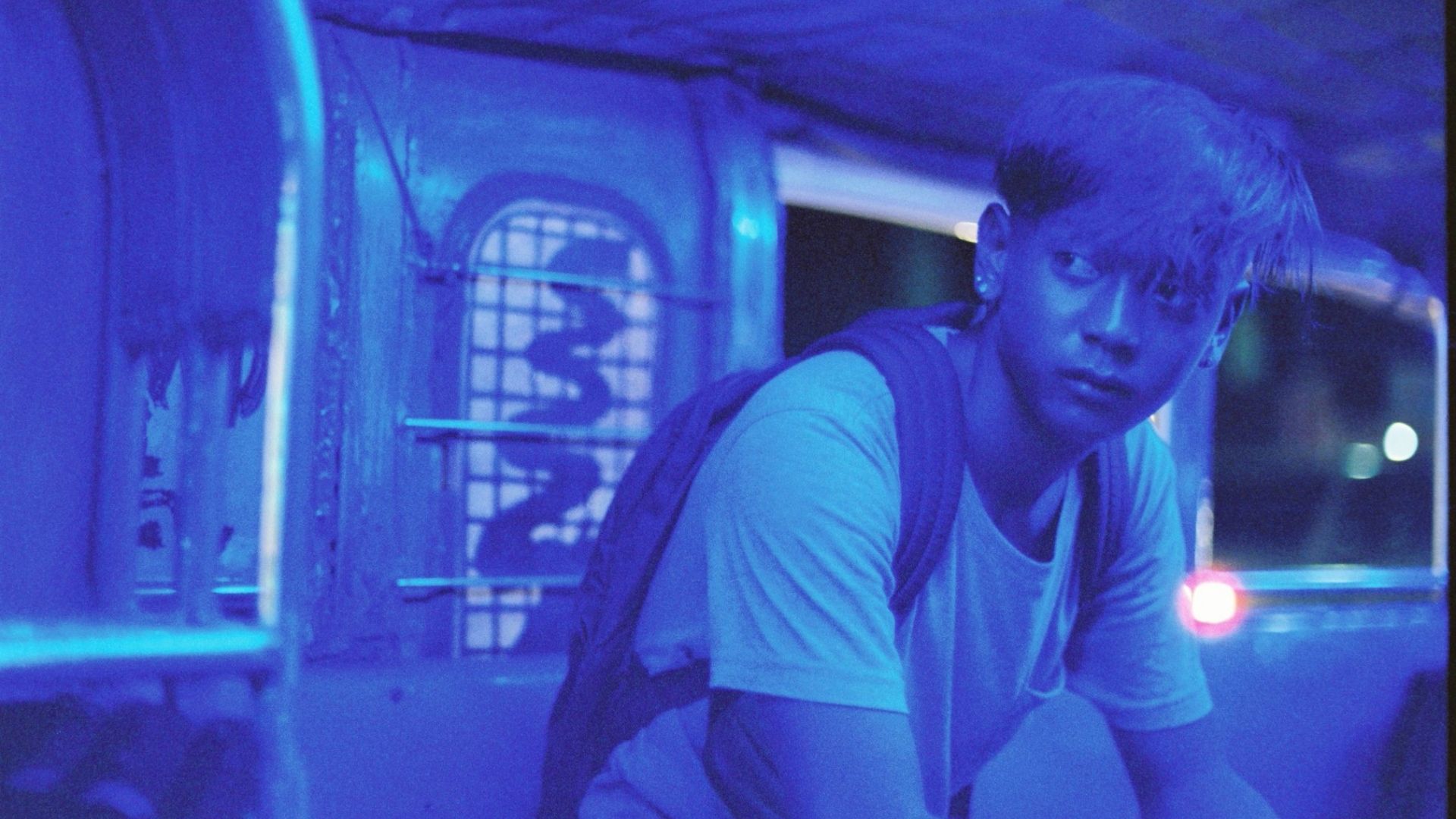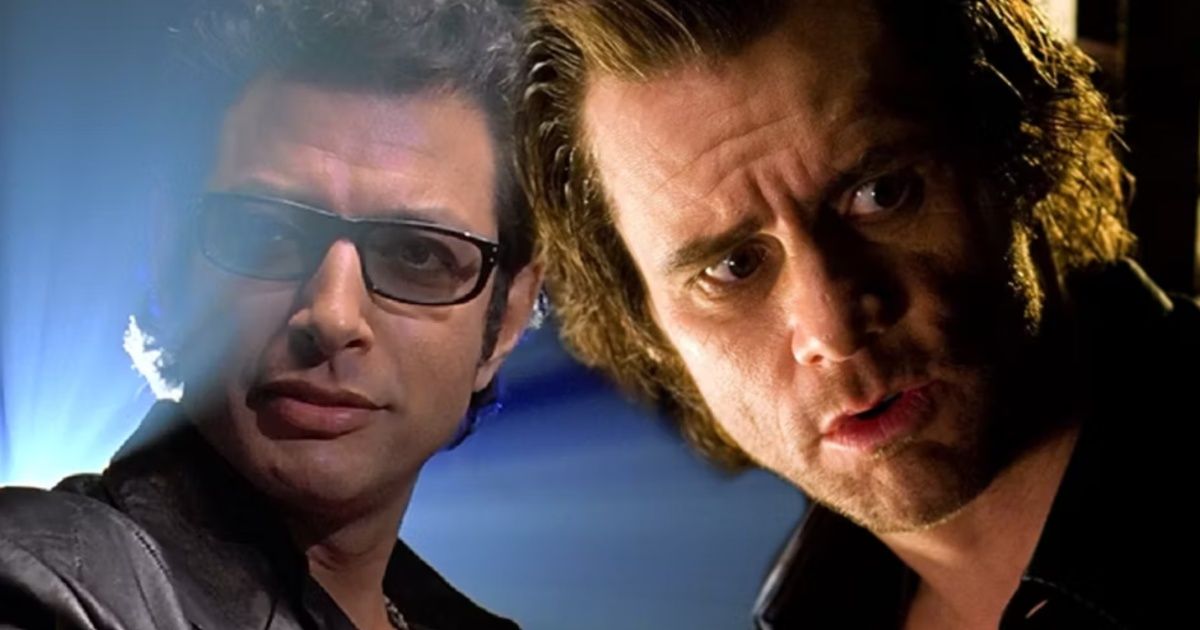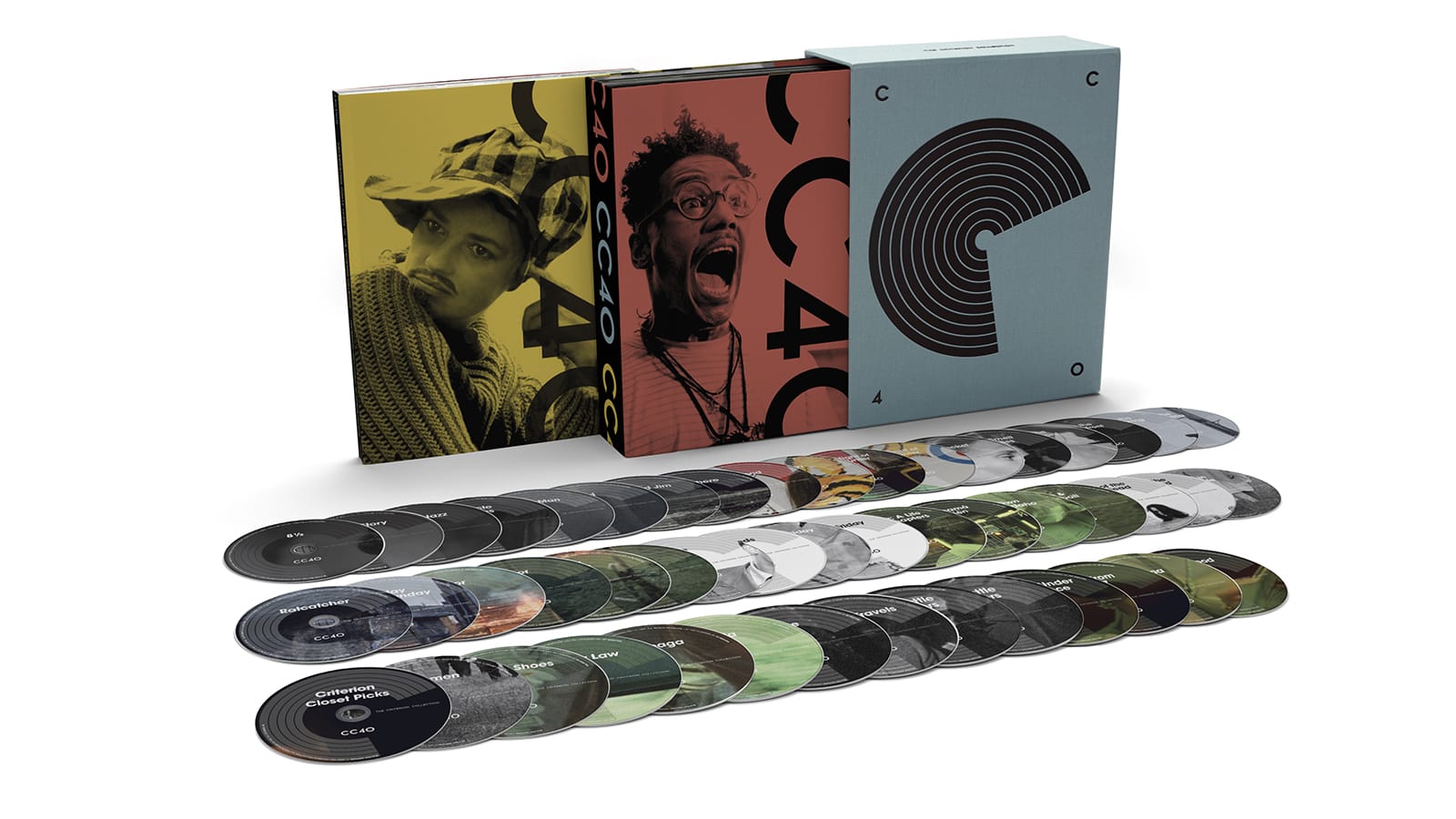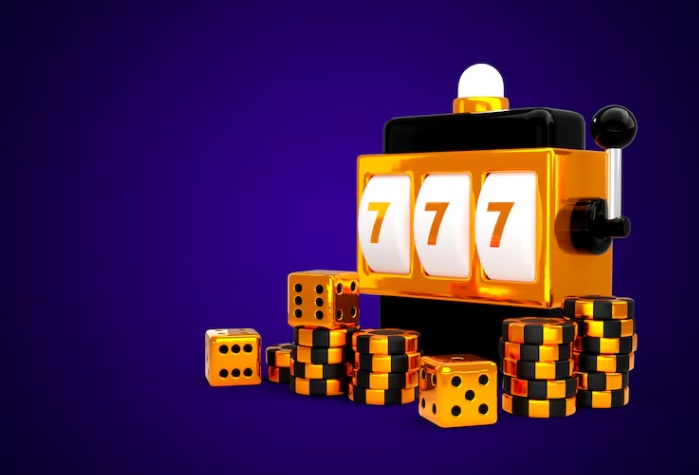At first, How Do You Live? may not feel aligned with Miyazaki’s fantastical view of the world, one that often incorporates more from fairy tales than this relatively simple story of a boy and his uncle. However, one can see the Miyazaki influence right from the very beginning of Genzaburō Yoshino’s novel. Early in the book, our protagonist, a boy named Copper, is on a roof with his uncle, watching the cars travel the streets below them, and the vehicles start to take on the aesthetic of bugs, leaving and returning their homes. One can easily the Miyazaki sequence of cars turning into insects, forming waves heading in and out of the city. And one can see how this kind of mind’s eye fantasy would shape his animation.
Most of all, there’s a simple, lesson-learning grace in How Do You Live? that feels intrinsic to the way Miyazaki tells stories. Copper is at that age wherein life lessons seem to come faster than he can absorb them, such as an incident with a schoolmate and a bully. Genzaburō structures his novel in that the reader experiences these incidents along with Copper and then presents a letter from his uncle that details the lesson learned. It might sound simplistic, but it’s surprisingly moving—the idea that we can only understand life when someone else’s worldview and expertise is allowed to weigh in, especially when we’re children.
The structure of How Do You Live? leads me to wonder how the event/letter dynamic will play out in Miyazaki’s film but I have no doubt that he’ll figure it out. After all, he’s been living with this book for most of his life. And, for us hardcore fans of Studio Ghibli, it turns out we have too.
You can view the original article HERE.





























